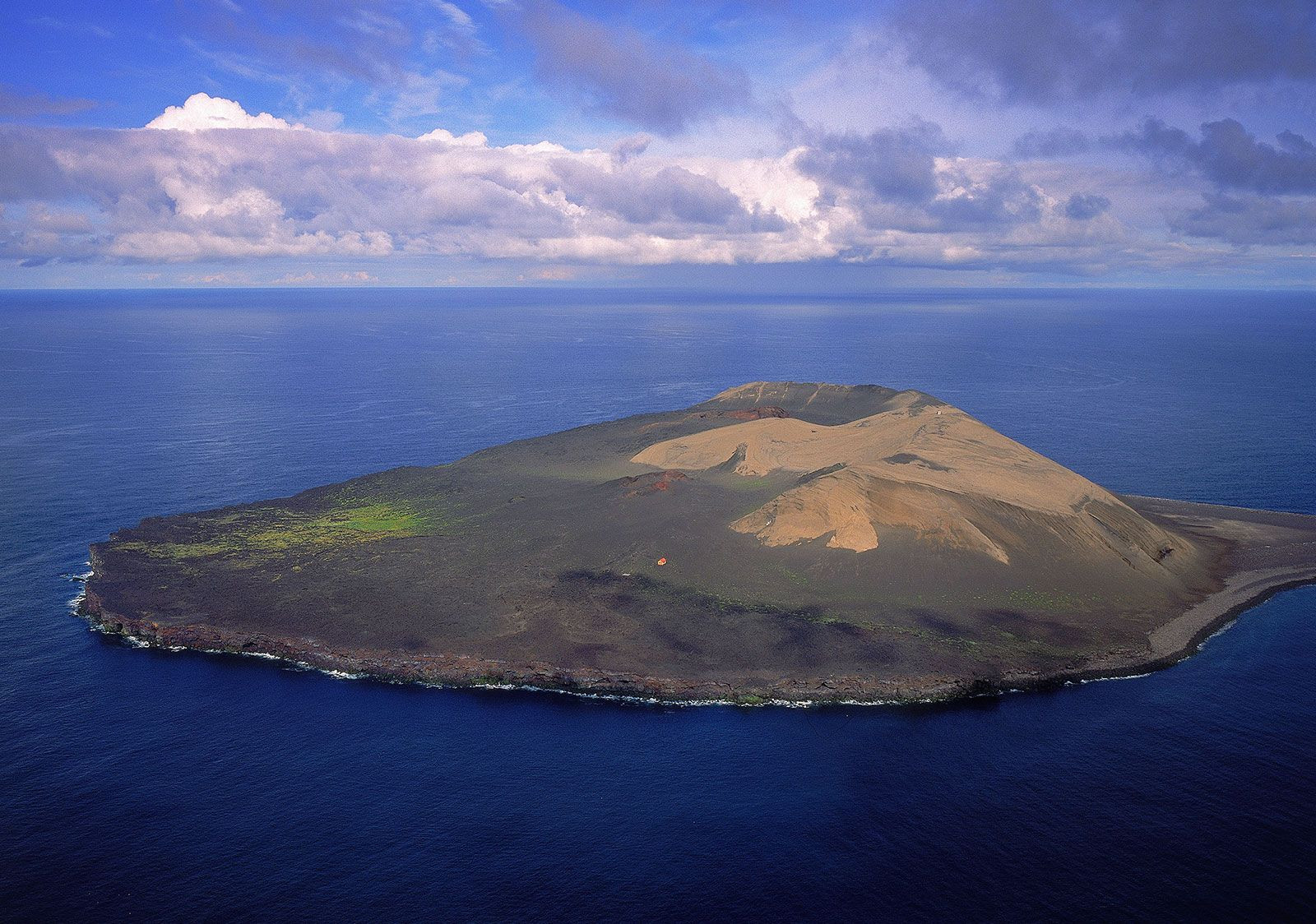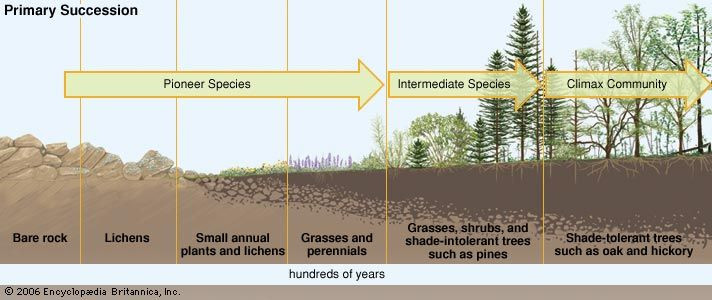Ecosystems are dynamic environments, constantly changing and evolving. When a barren landscape emerges, devoid of life, a remarkable process called ecological succession begins. At the forefront of this transformation are pioneer species. These hardy organisms are the first to colonize inhospitable environments, paving the way for more complex ecosystems to develop. Understanding examples of pioneer species is crucial to grasping the fundamental mechanisms of ecological recovery and the resilience of nature.
Surtsey Island’s vegetation, showcasing pioneer species colonizing a volcanic island.
Pioneer species are organisms that thrive in harsh conditions where competition is minimal due to the absence of other life forms and limited resources. These environments can include newly formed volcanic islands like Surtsey, bare rock surfaces after glacial retreat, or areas devastated by wildfires. These initial colonizers possess unique adaptations that allow them to survive and even modify these challenging landscapes, making them habitable for subsequent species.
One of the earliest examples of pioneer species are microorganisms. Bacteria, including cyanobacteria, are often the very first to arrive in a new environment. They can colonize bare rock and glacial surfaces, sometimes even before lichens. These microscopic pioneers are critical because some, like cyanobacteria, can perform nitrogen fixation, converting atmospheric nitrogen into forms usable by plants, thus enriching the nutrient-poor environment.
Lichens are another classic example of pioneer species. These fascinating organisms are a symbiotic partnership between a fungus and algae. Lichens are incredibly resilient and can grow on bare rock, absorbing water and nutrients from rain, air, and dust. They play a vital role in soil formation. Lichens secrete acids that slowly break down the rock surface, a process known as chemical weathering. As they decompose, their organic matter mixes with fragmented rock particles, initiating the development of soil.
Mosses are also significant examples of pioneer species, frequently appearing after lichens. Similar to lichens, mosses contribute to weathering rocks through the acids they release, further aiding in soil creation. Both lichens and mosses enhance soil fertility by trapping moisture and accumulating organic matter, creating a more hospitable substrate.
Primary ecological succession, illustrating pioneer species gradually transforming barren rock into a complex ecosystem.
As soil develops, it becomes possible for plant examples of pioneer species to establish themselves. Wind and water disperse seeds and spores of plants like grasses and ferns to these new areas. On Surtsey Island, for instance, sea rocket, sand ryegrass, and oysterleaf were among the first plants to colonize the volcanic landscape. These plants are adapted to survive with limited soil and nutrient availability. They further modify the environment by adding more organic matter to the developing soil when they die and decompose, and by providing shade and altering moisture levels, making the habitat suitable for other plant species.
Following plants, animal examples of pioneer species, particularly invertebrates, begin to arrive. Ants, worms, and snails are often early animal colonizers. They play a crucial role in soil development by breaking down leaf litter and plant material, further enriching the soil and improving aeration.
In conclusion, examples of pioneer species, from microscopic bacteria to lichens, mosses, and hardy plants and invertebrates, are essential for initiating ecological succession in barren environments. Their ability to colonize and modify harsh landscapes is fundamental to the creation of fertile soil and the establishment of more complex and diverse ecosystems over time. These pioneering organisms are nature’s first responders, driving the remarkable process of ecological recovery and renewal.


 Ecological Succession Process
Ecological Succession Process